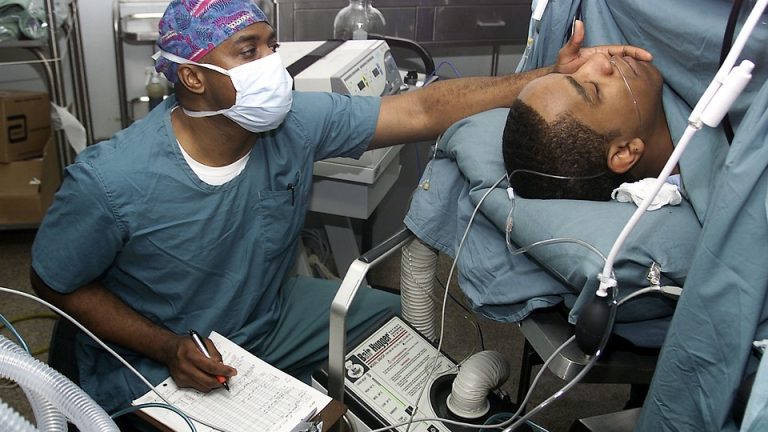Unlocking Brain Potential: The Science Behind Mental Ability
Thu, 20 Nov 2025

Follow the stories of academics and their research expeditions

The field of surgery has undergone a significant transformation in recent years, thanks to the advent of cutting-edge technology in the form of robotic surgery. This innovative approach is enabling surgeons to perform complex procedures with unprecedented precision, accuracy, and minimally invasive techniques, resulting in improved patient outcomes and reduced recovery times. In this article, we’ll delve into the world of robotic surgery and explore its profound impact on the field of medicine.
What is robotic surgery?
robotic surgery, also known as robotic-assisted surgery, is a type of minimally invasive procedure that uses a robotic system to aid the surgeon in performing operations. The system consists of a three-dimensional (3D) high-definition optical system, a binocular-like camera, and a pair of surgical instruments, all of which are attached to a robotic arm. This allows the surgeon to perform the procedure through tiny incisions, reducing trauma to the patient and minimizing the risk of complications.
Benefits of robotic surgery
The benefits of robotic surgery are numerous and include:
Common robotic surgery Procedures
robotic surgery is being used to perform a wide range of procedures, including:
Future of robotic surgery
As technology continues to evolve, robotic surgery is expected to become even more sophisticated, with advancements in areas such as:
Conclusion
robotic surgery is revolutionizing the field of medicine by enabling surgeons to perform complex procedures with unparalleled precision and accuracy. The benefits of minimally invasive, bloodless, and fast-recovery procedures are transforming the patient experience, and the potential for future advancements is vast. As technology continues to evolve, we can expect to see even more innovative applications of robotic surgery, improving patient outcomes and pushing the boundaries of what is possible in the field of medicine.
Thu, 20 Nov 2025

Thu, 20 Nov 2025

Leave a comment